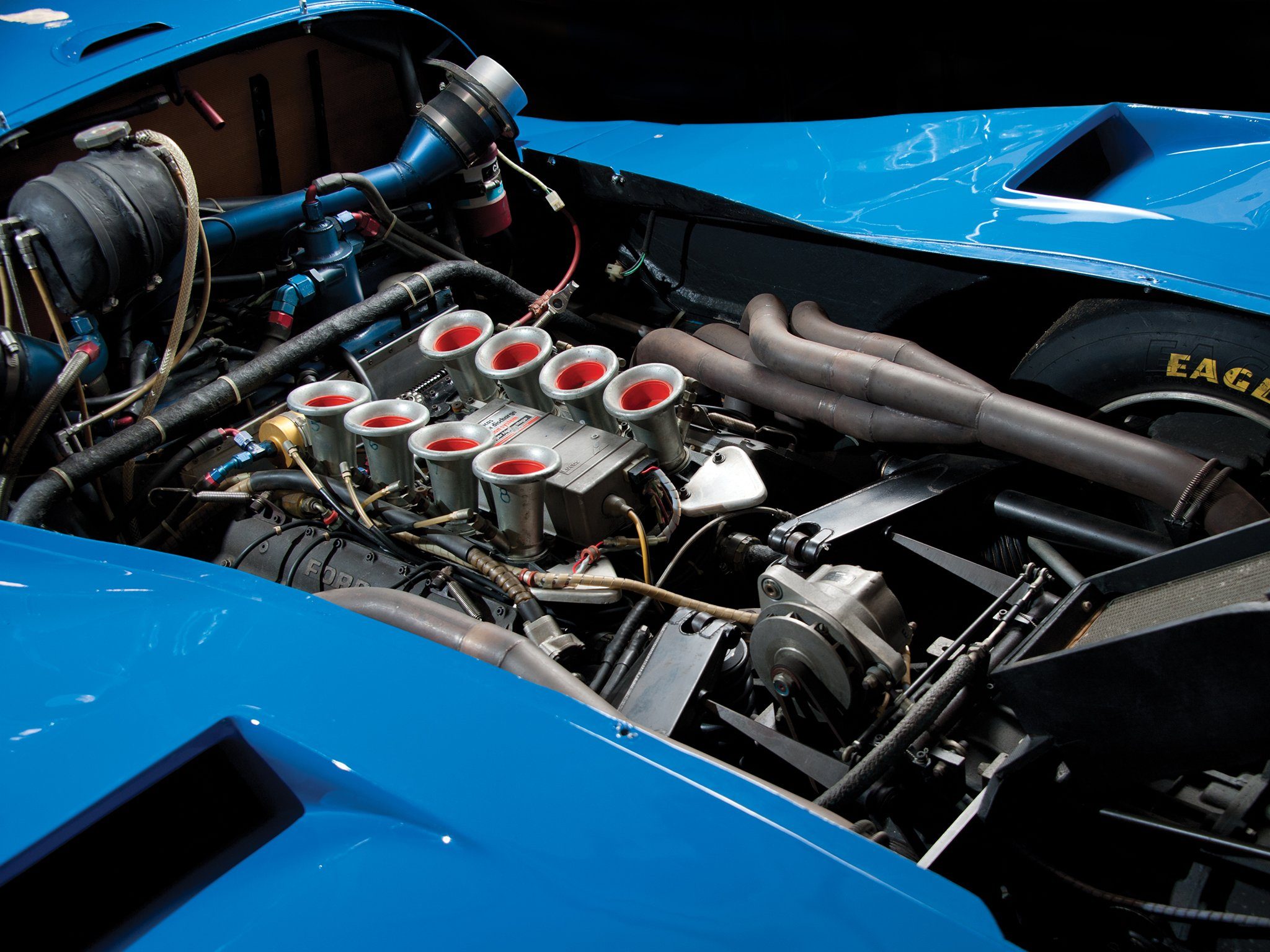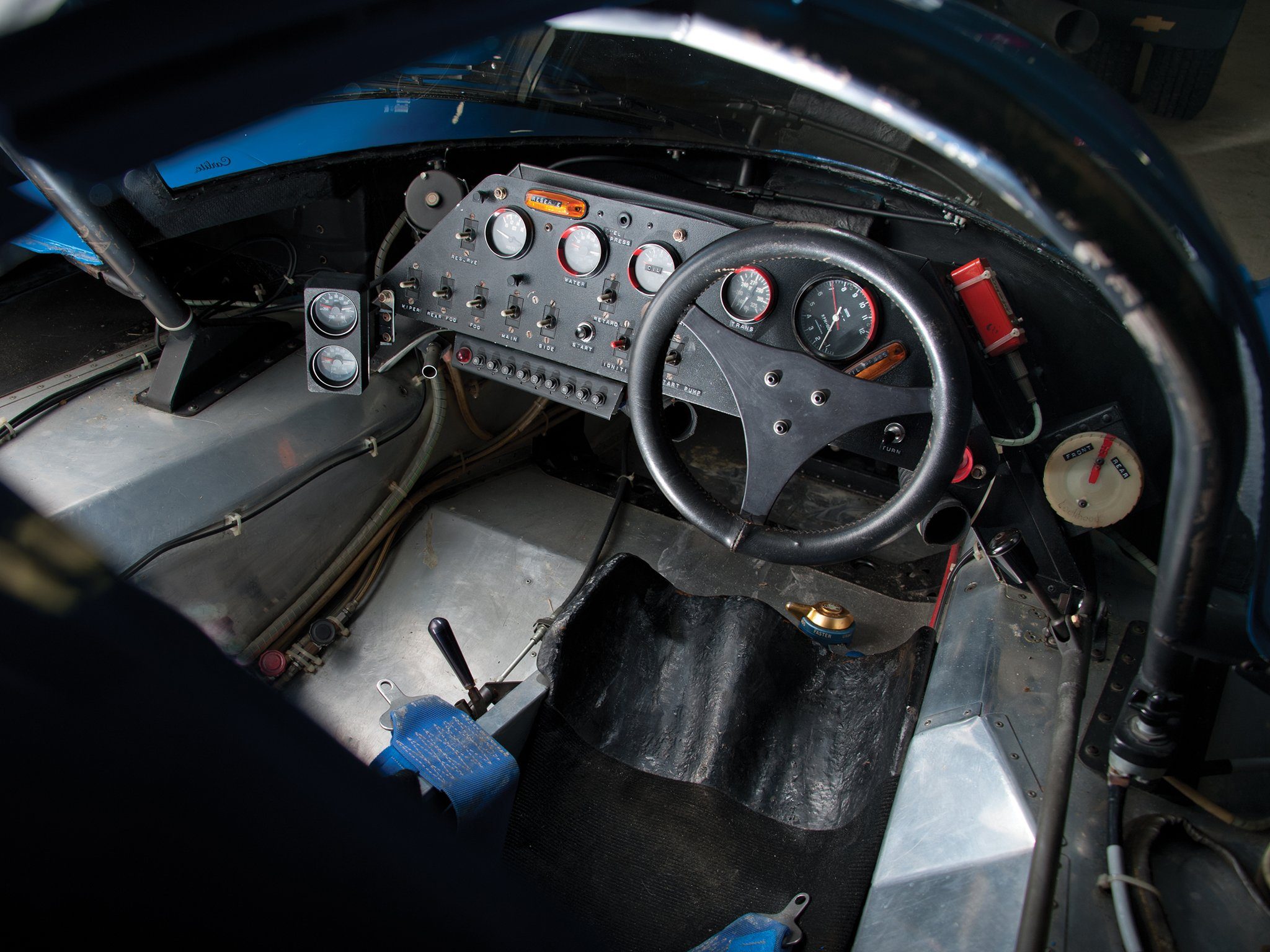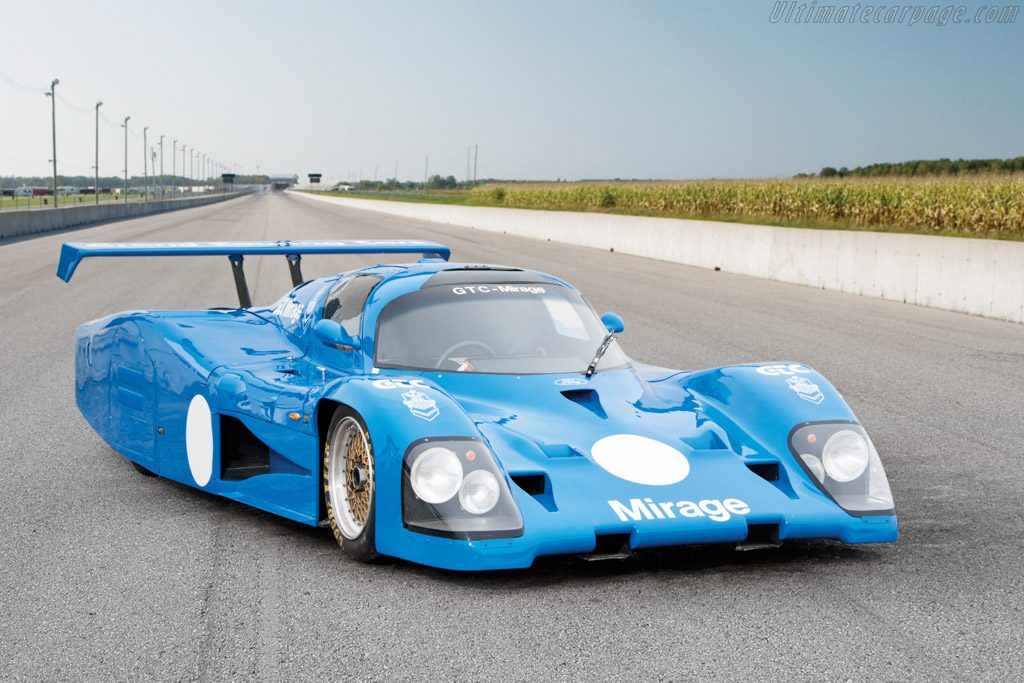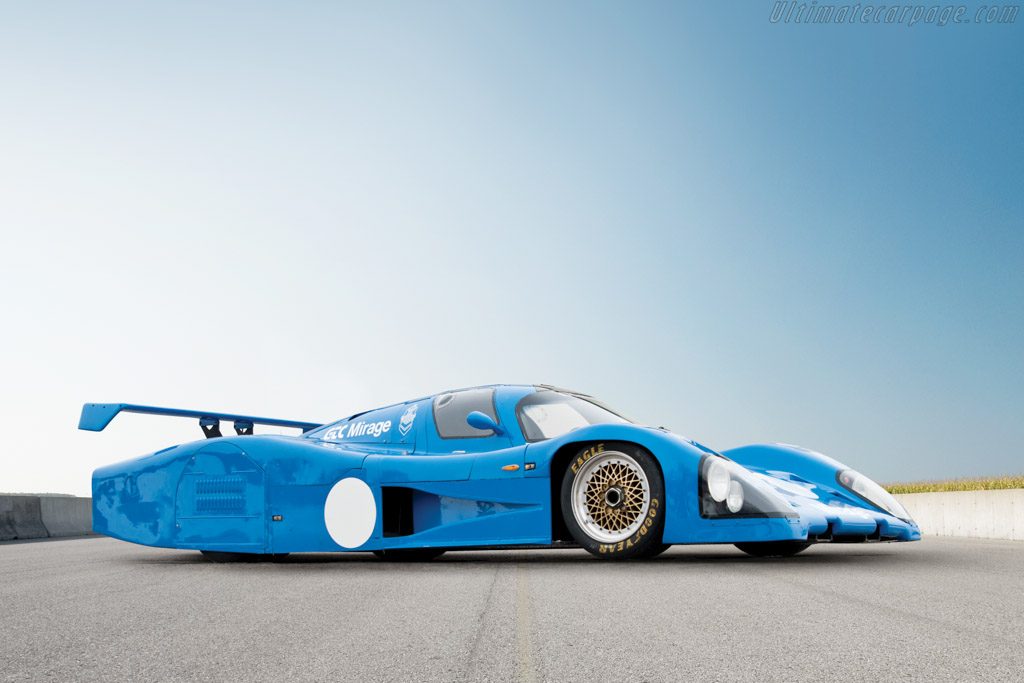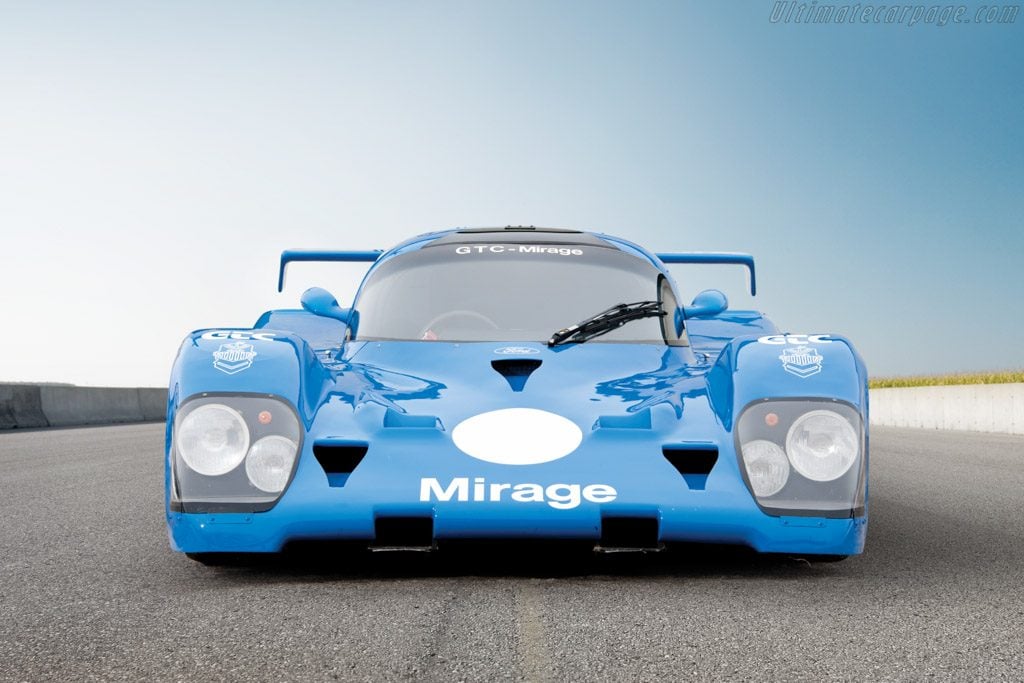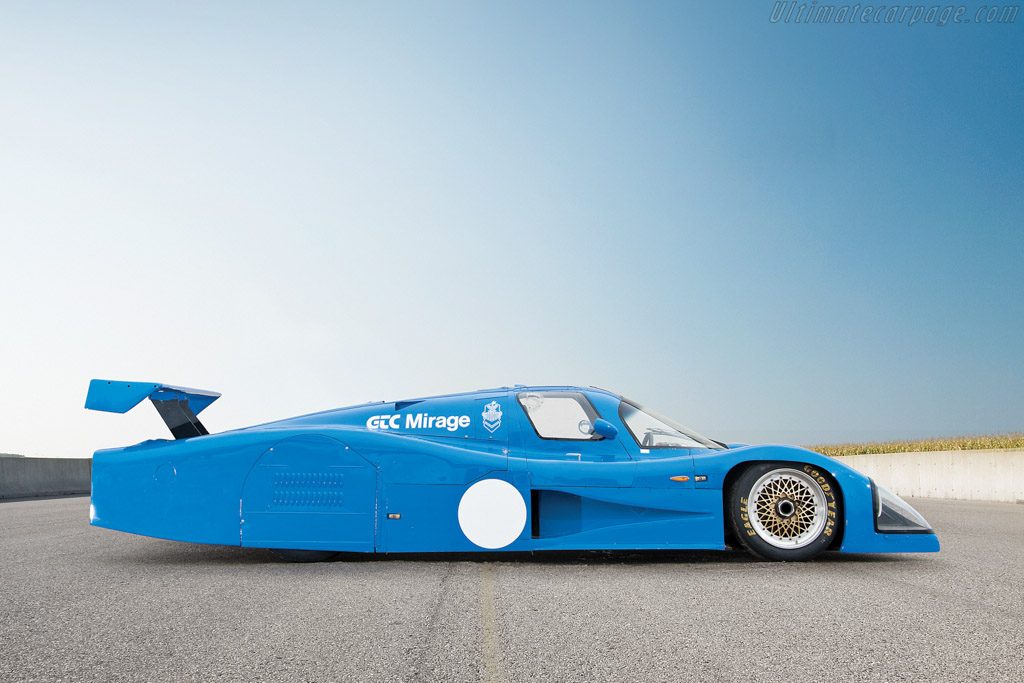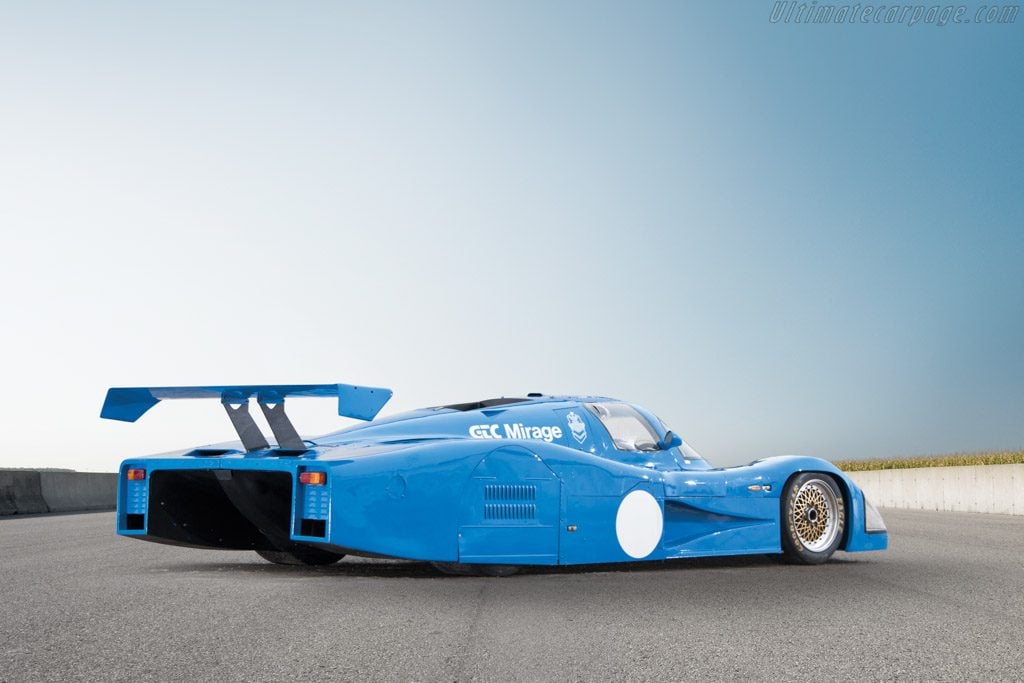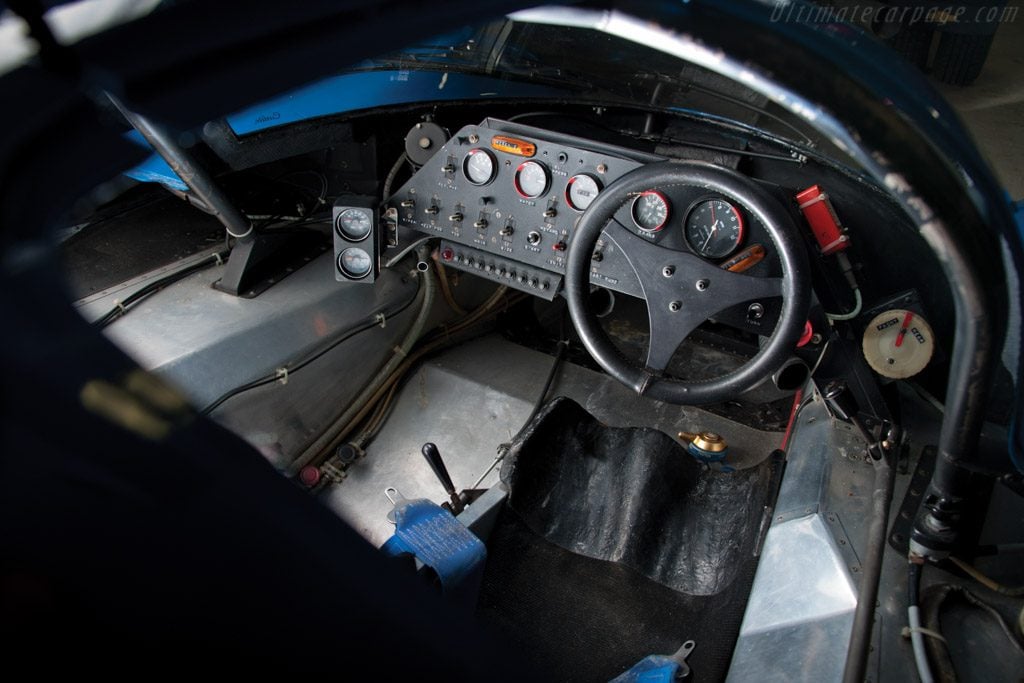- 6,629

- Portugal

StarLight Garage presents the 1982 Mirage M12 Group C Sports Prototype, a car that was marked one of the most controversial disqualifications in the history of the 24 Hours of Le Mans. Just 20 minutes before the race was due to start and the entire field were making final preparations to their cars the stewards opted to disqualify the Mirage M12 from the race due to the location of an oil cooler.The father and son driver team, Mario and Michael Andretti were absolutely furious and the decision remains controversial to this day, with many blaming organisational politics and possibly even corruption as the cause.

In 1967, John Wyer and John Willment founded J.W. Automotive Engineering Ltd. The team was to fill the void left by Ford when they called time on the GT40 in the FIA World Manufacturers’ Championship. Having managed to source modest funding from Grady Davis, of the Gulf Oil Corporation, the team set about building three prototypes for the forthcoming season, resulting in the M1. By April, four months after opening, J.W. Automotive was competing the M1 at Monza. The following race, at Spa, Jacky Ickx and Dr Dick Thompson were already in a league of their own. In the pouring rain, they handily won the race against the Ferrari P4, which finished over two laps behind!
In 1974, John Wyer partially retired and the team was renamed Gulf Research Racing, reflecting the Mirage’s dedicated supporter. John Horsman would continue to direct the team, and the newly developed M6 was retitled GR7. Having finished 2nd to Matra in the 1974 World Championship, the team chose to concentrate on the world’s most prestigious event, the 24 Hours of Le Mans. The following year, Mirage won the gruelling 24-hour race with Derek Bell and Jacky Ickx.
By the end of the 1975 season, Gulf withdrew their sponsorship and the team was bought by former racing driver Harley Cluxton III. The team continued to compete successfully, and in 1976 and 1977, Mirage finished 2nd at Le Mans, beaten only by the factory-supported Porsche Martini 936s. As the team progressed and the Group C Championship was born, a completely new car was required to remain competitive.
The new M12 ground-effect car was designed by John Horsman and built by Howden Ganley’s Tiga Race Cars Ltd. in England. The M12 featured the fantastic 3.9-litre Cosworth DFL V-8 engine and was entered in the 1982 running of Le Mans, where it would be driven by father and son duo Michael and Mario Andretti. Even though the Mirage was considered a relatively heavy car, its advanced aerodynamics made it amongst the fastest cars in practice, clocking an impressive 212 mph on the famous Mulsanne Straight. Later when the car was returned in Phoenix, Arizona it clocked at over 220 mph at Ford’s Arizona Proving Grounds.
The car itself showed exceptional promise as both a Group C and IMSA GTP competitor and its heritage as a Mirage almost guaranteed a certain amount of success – automobiles built by Mirage didn’t fail to finish outside of the top 10 at Le Mans between 1974 and 1978, including a win and a total of 4 podium places.
The stunning design of the Mirage M12 was the work of designer John Horsman, it utilised an advanced (for the era) aluminium honeycomb monocoque chassis, a Cosworth 3.9 litre DFL engine and an aerodynamics-first design that employed a covered rear wheel, recessed radiator inlets and one of the biggest diffusers you’ll see this side of the McLaren P1.
Interestingly, vehicles built by Mirage were the first to ever wear the now iconic Gulf livery, they were also the first to claim race wins wearing Gulf colours and the last to win the 24 Hours of Le Mans in the orange and blue.
Specifications
Country: USA
Production: 2 pieces, chassis M12-001 and M12-002
Engine: DOHC Ford-Cosworth DFL V-8 engine
Displacement: 3,995 cc
Power: 540 bhp
Transmission: Five-speed Hewland VG5 manual transaxle
Suspension: Four-wheel independent suspension with double wishbones and coil springs
Brakes: Four-wheel hydraulic disc brakes.
Wheelbase: 2,667 mm




HERE ARE THE OTHER RACING CARS
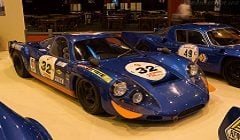
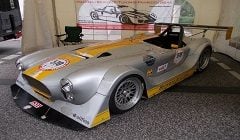
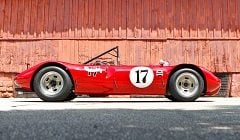
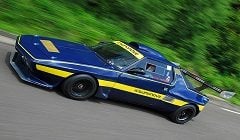
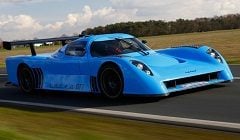
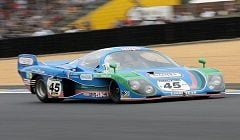
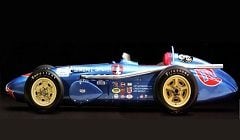

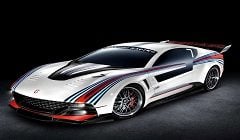
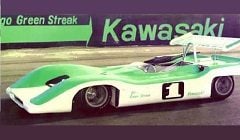
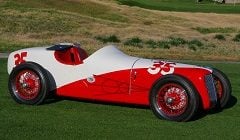
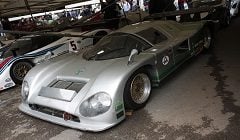
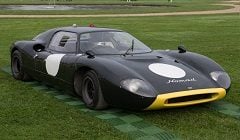
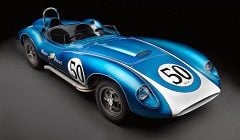
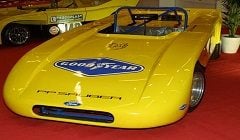
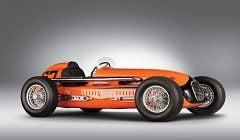

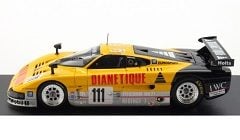
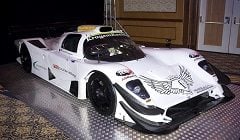
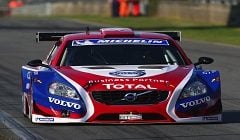
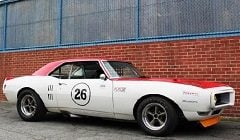
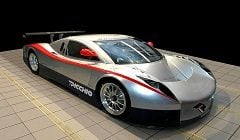
Last edited:




